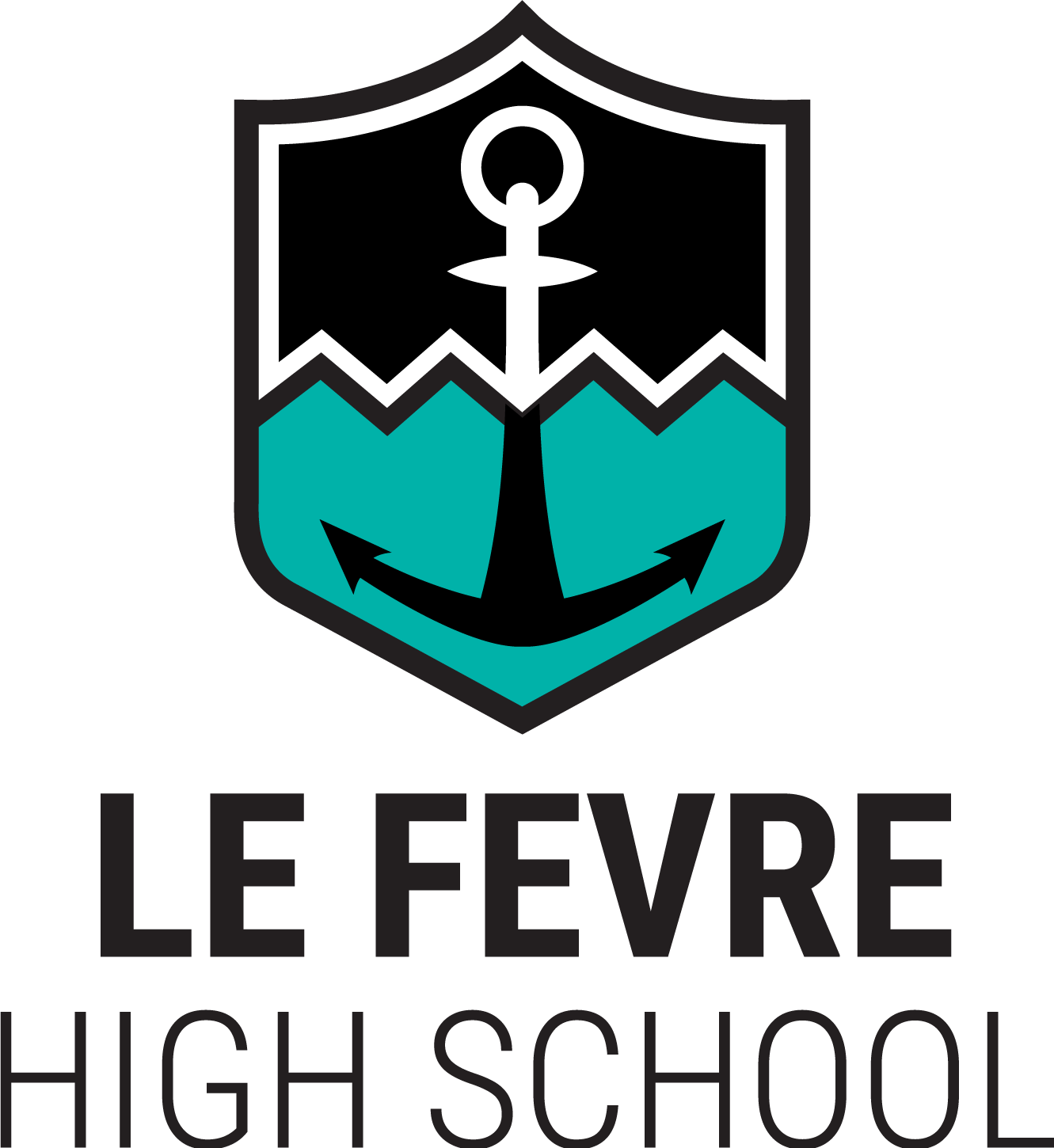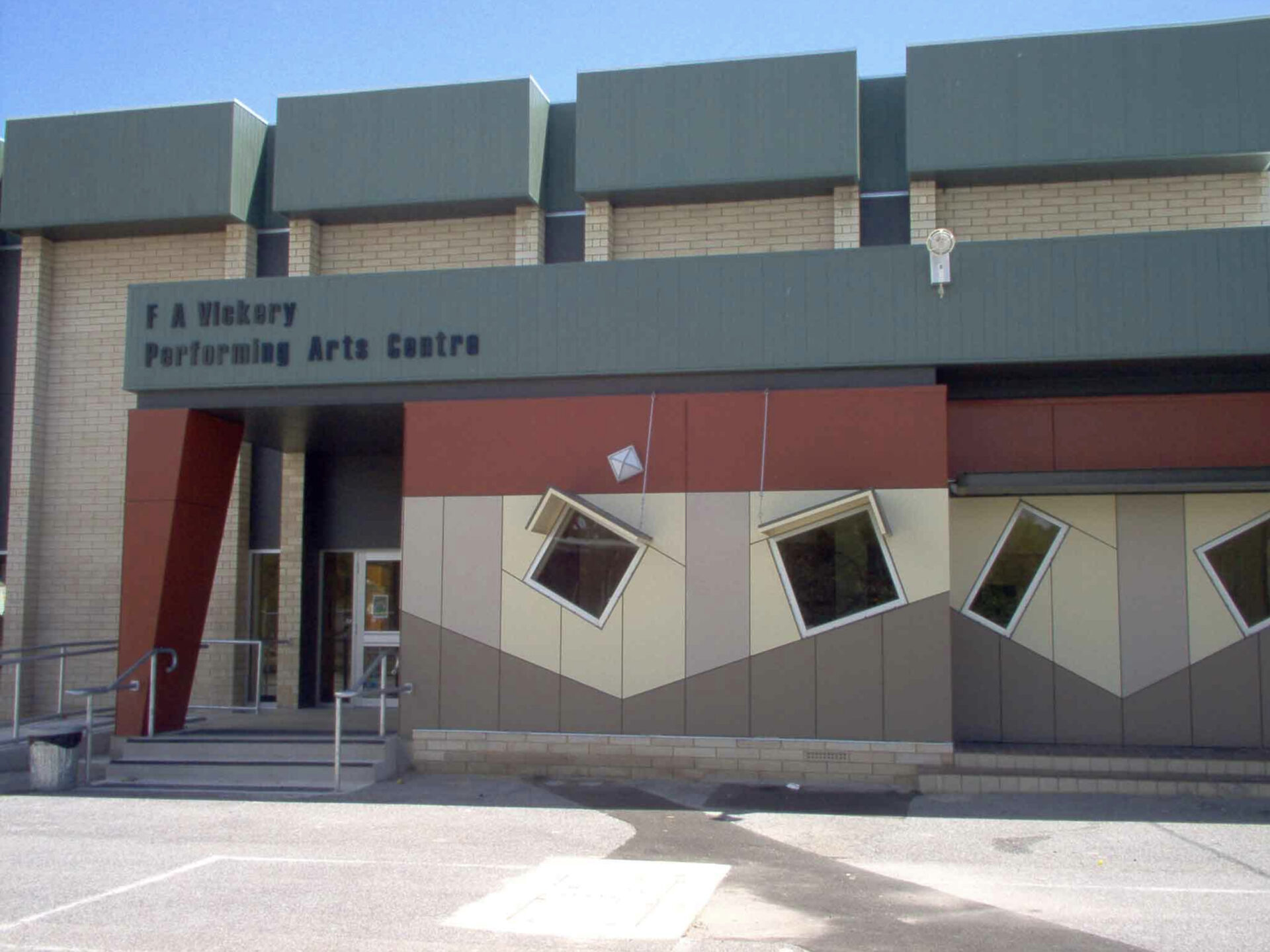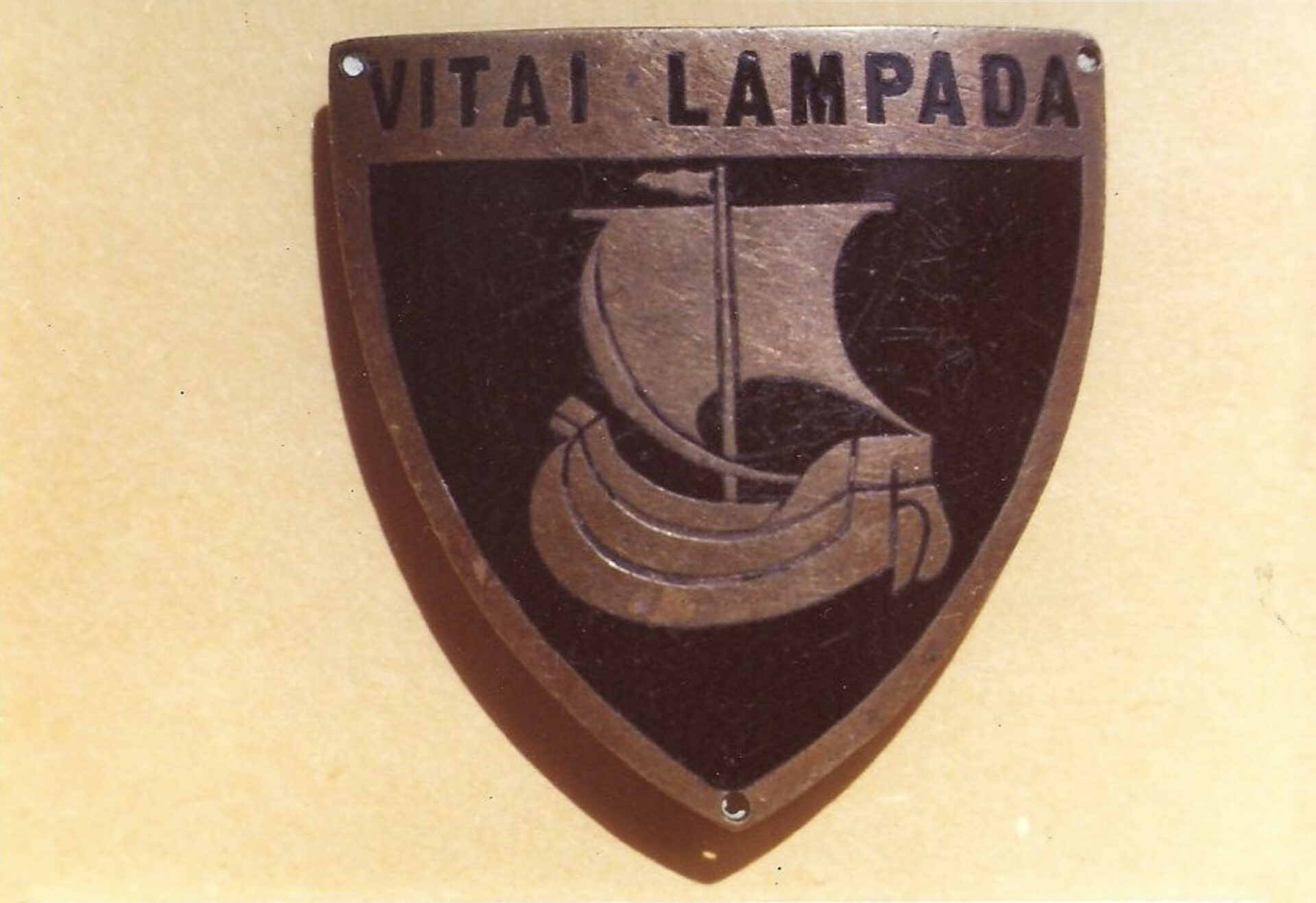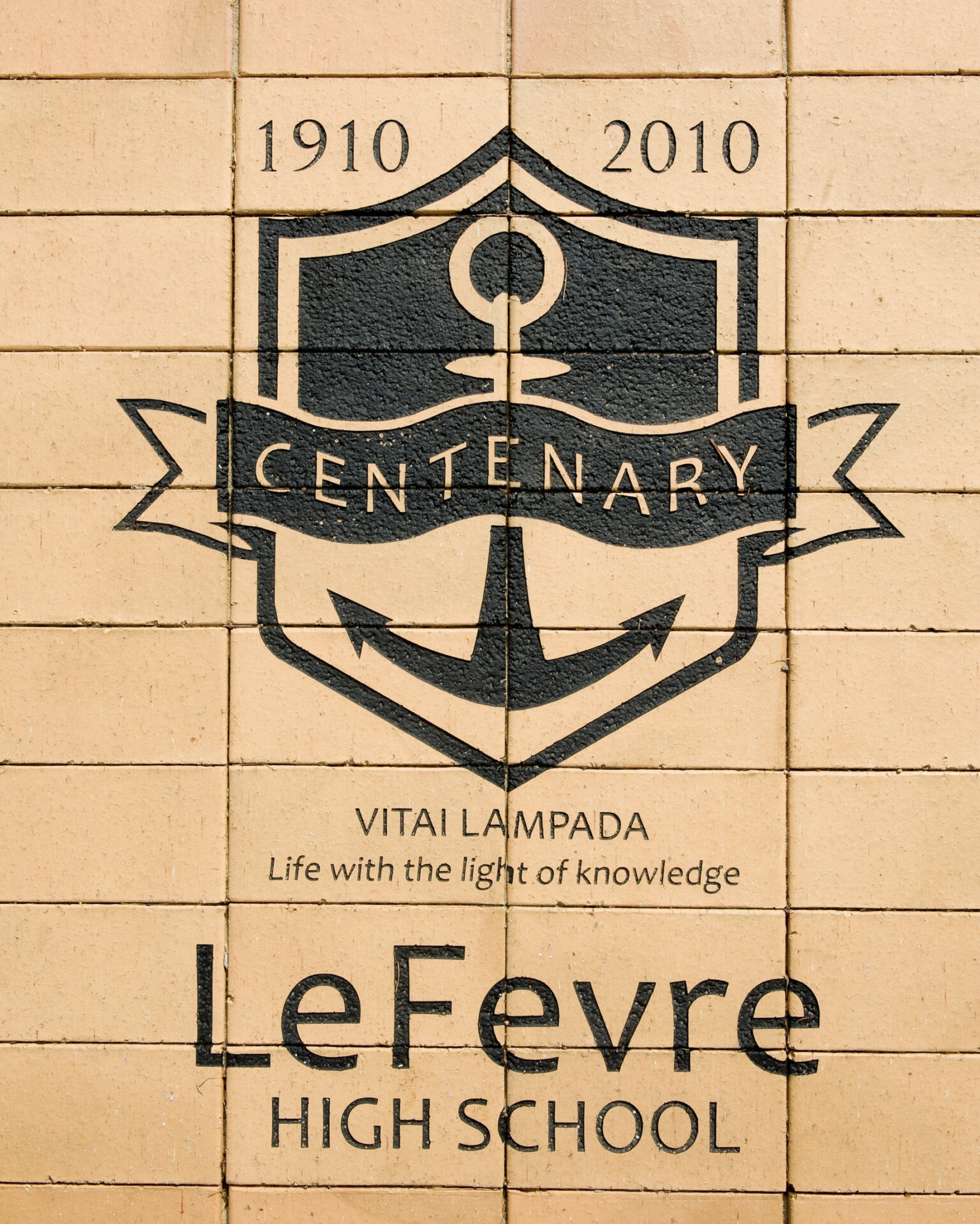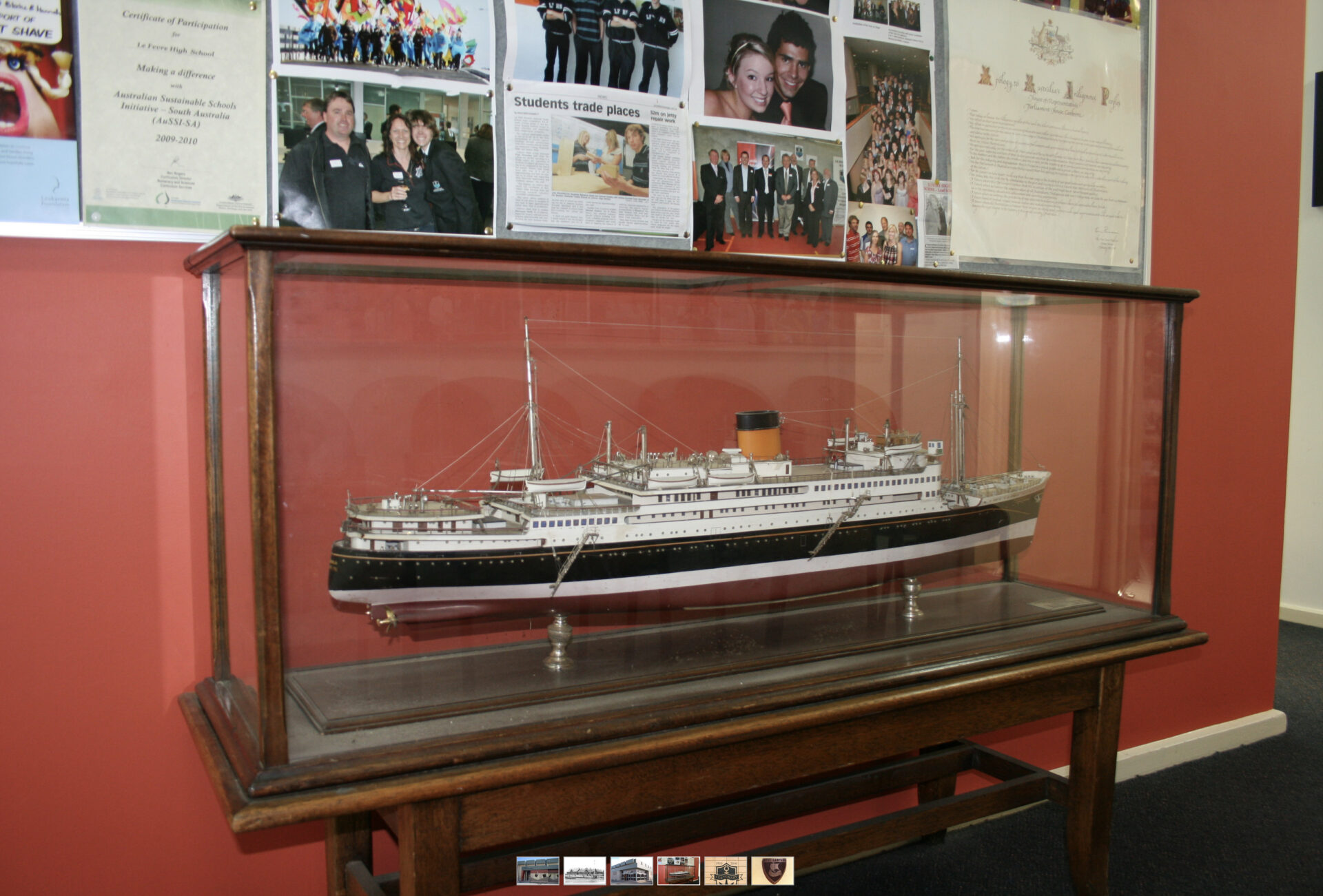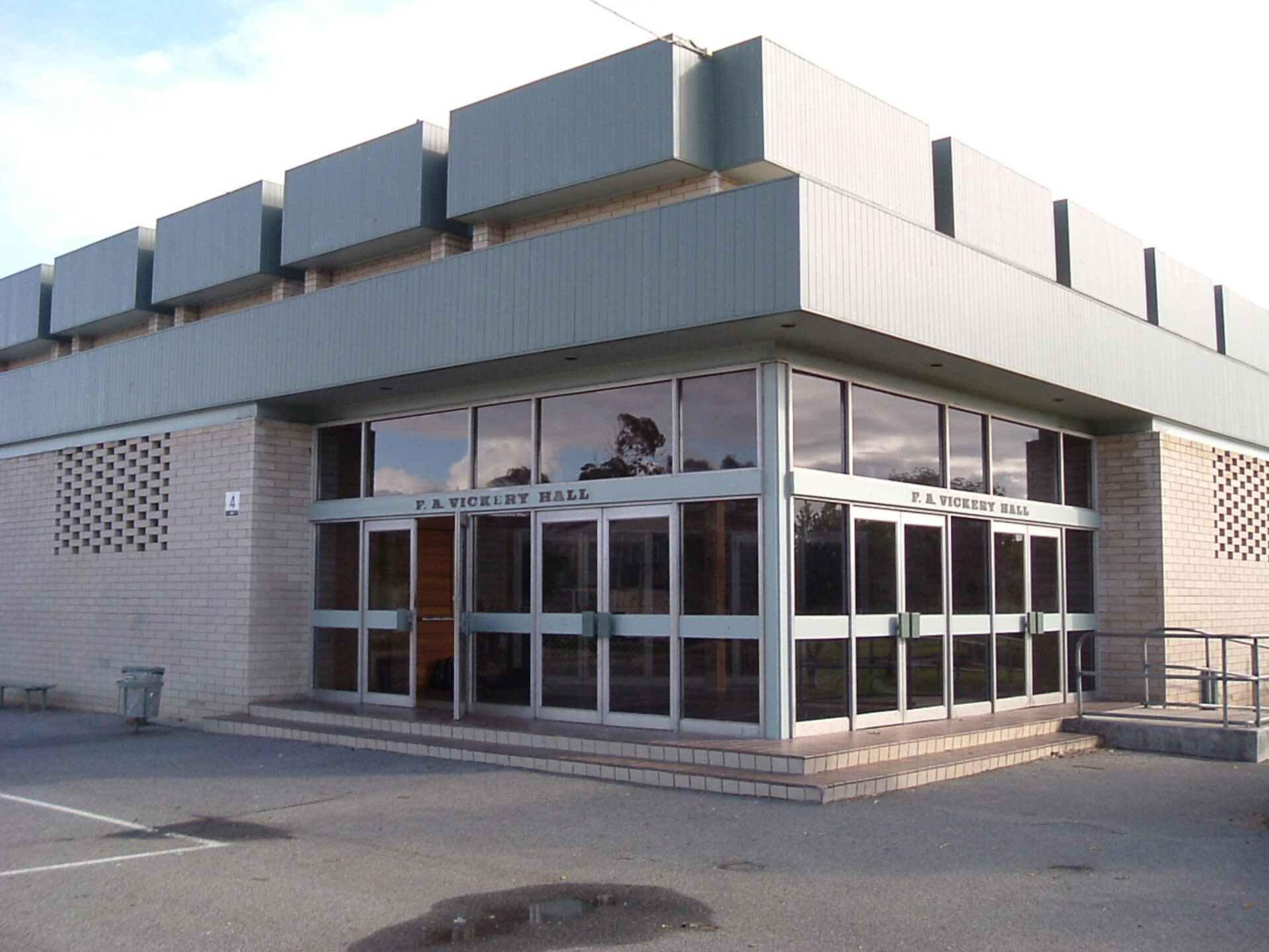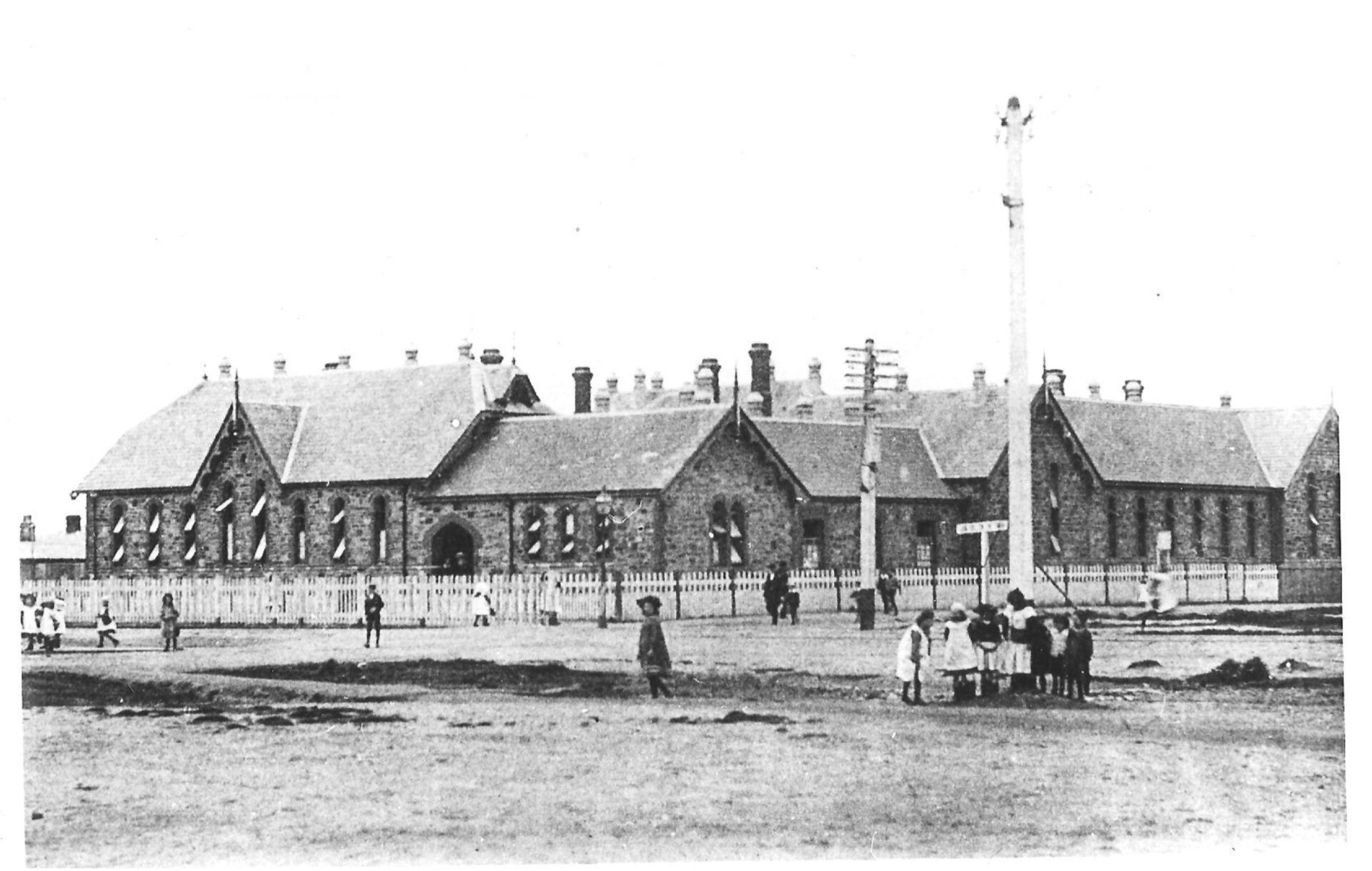Our History
Le Fevre High School, the oldest secondary school in the area, and one of the oldest and proudest in South Australia is named after the peninsula upon which is situated and for generations has been closely identified with life in and around Port Adelaide. One family, the Bilsborows have had 9 students and 4 generations attend the school between 1911 and the present time!
It appears the name LeFevre within South Australia and in the case of our school commemorates Sir John George Shaw-LeFevre, who was one of the Commisioners under whose auspices South Australia was founded. He was for more than 20 years the Vice Chancellor of London University. He was a learned man and could read 14 different languages. He was a member of the House of Commons, and later became Under Secretary at the Colonial Office. He declined the governership of Ceylon and instead became clerk of the Imperial Parliaments in 1855.
The actual spelling of Le Fevre remains contested to this time. The original spelling appears to have been LeFevre, but for reasons unknown during the post World War II years, the name of our school has more commonly occurred as Le Fevre and is now officially listed by the Education Department as such. No one is entirely certain when or how this change evolved and discussions continue to this day as to which is the most correct and proper version for our school! This is an issue unlikely to be resolved for throughout South Australia there is little consistency with the spelling of the name. Even on the famous Le Fevre Terrace in North Adelaide signage occurs with both forms of the word on opposites of the street near the Glover Playground.
While the school’s origins extend back to the 1800s as a part of the Le Fevre Peninsula Primary School site, the Education Department gazetted the High School in 1910 and thus the centenary of our school from this officially recognised date was celebrated in 2010.
The school was originally situated in Birkenhead, next to Le Fevre Primary. In 1910 the School began its journey as a provider of Secondary Education on the Le Fevre Peninsula when it was gazetted on 26 January 1910 as LeFevre Peninsula’s District High School. This name only lasted 5 years and the school became a Central School with classes extending only to year 8 level between 1925 and 1939.
The original hat badge with Viking Ship and vitai lampada motto ( Life with the light of knowledge).
In 1940 the school changed it’s name from “Le Fevre Peninsula Central School” to “Le Fevre Junior Technical School” but was still attached to and under the supervision of the primary school’s headmaster and catered for both boys and girls.
In 1943 the school divided into two divisions Le Fevre Boy’s Technical School and Le Fevre Girl’s Technical School. The boy’s division eventually went on to become Le Fevre Boy’s Technical High School, while the girls division eventually became Port Adelaide Girl’s Technical High School.
In 1943 Le Fevre became a separate Secondary School, with its own headmaster; Mr. F.A Vickery. In 1944 the name became “Le Fevre Boys Technical School”, and then was changed again in 1959 to “Le Fevre High Boys Technical High School”. “During 1959 and 1960 the school was relocated to its current location on the corner of Hart Street and Swan Terrace, Semaphore South. Some of the buildings utilised by the school in 1959 were already on site as these were a part of the former Police training Academy. The solid construction buildings were completed in 1960 and by 1961 all the students were located on the new site.”
The original Drewer Library. The current facility is still known by this name in honour of former teacher, Fl Lt Clifford Drewer, who was shot down over Europe during World War II.
In 1974 the word Technical was dropped, and then in 1975 Le Fevre saw its largest overhaul to date, in becoming co-ed and being renamed “Le Fevre High School” as we know it today.
Le Fevre has seen many years since the time of F.A. Vickery; we have updated with lessons in Information Technology, Modern Dance and other things which were unheard of in that time. The school continues to grow and has been refurbished numerous times, undergoing modifications and modernization of classrooms, Science Laboratories, the Library and the Technical Areas.
Le Fevre continues to function as a co-educational secondary school to this day, still with the name “Le Fevre High School”, though the functions of the school and the way it is run have changed considerably. Le Fevre maintains strong connections with the community and is still very technology oriented.
The model ship which has proudly been associated with the school for much of its history. It continues to be located near the Principal’s office just as it has done for most of the time it has been in the school.
In February of 2005 a Government funded project was launched to refurbish and reconstruct the F.A. Vickery Hall, it was to be renamed the “F.A. Vickery Performing Arts Centre”. The construction was a long process as much of the original interior had to be removed and then replaced. The outer structure remained somewhat similar to the original construction.
The Performing Arts Centre was officially opened on the 24th February 2006, in a ceremony which showed various performances and a multimedia presentation.
The new Performing Arts Centre boasts classrooms dedicated to Dance, Drama, Music, Radio and seats 150 people in the main stage area, where seats fold away neatly into the wall, which allows the large area left behind to be used for Drama. The style of the Performing Arts Centre is largely abstract, with angled ceilings and windows which are slanted; overall this adds to the artistic character of the new building.
A new gymnasium has recently been completed on campus; it boasts up to date facilities, including various different court layouts and a weights room in the rear section of the building. The Gymnasium is in the same style as the Performing Arts Centre, an abstract and colourful design. The building contains a semi-divider, a device which effectively cuts the court space into two equal portions.
In 2008 the Drewer Library was refurbished and in 2009 the Trade School for the Future Skill Centre was offically opened. During the latter part of 2010 the Technical Studies buildings will be redeveloped into the Trade Training Centre with a specialisation in Engineering and Electrotechnology programs. In addition during the last two years the school has been entirely refurbished throughout and the Indigenous New Media Centre has been established. Creative Industries with multi media focus are housed in the redeveloped ground floor of ‘B Block’.
2010 was the Centenary Year of Le Fevre High School. During the Centenary celebrations of the school held over the period 14th to 19th September several key facilities have been renamed or re dedicated to those for whom they were already named.
A book entitled Centenary Recollections was published and is still available for purchase from Le Fevre High School.
- The FA Vickery Performing Arts Centre was rededicated to the memory of Fred Vickery, the longest serving Principal of the school and who advocated for the bulding to be built during his time at the school 1943-1969.
- The Gymnasium was named the Lyn Fullston Gymnasium after the late former teacher of the school who advocated for its construction. Lyn was an outstanding international sportswoman and still holds many international cricket records.
- The A Block was named for Adelaide Miethke MBE, founding teacher of the school in 1910, first female inspector of schools in SA, curriculum reformer, and founder of the world famous School of the Air.
- The B Block has been named for Dr John Moriarty AM, distinguished Alumnus of the school, member of the stolen generation, international soccer player, life time advocate for Aboriginal advancement in Australian society through his role as a senior public servant and his business interests, founder and Co-Chairman of the internationally recognised arts and cultural entity Jumbana arts. John is particularly well known for the spectacular dreaming images on two of QANTAS airlines’ Jumbo aircraft.
- A section of the school has been named the Charles Perkins Centre for Aboriginal Studies in memory of Dr Charles Perkins AO, distinguished alumnus of the school, political activist, leading senior public servant, author and advocate for Aboriginal people throughout his life.
Old Scholars association
They were a very active association and maintained strong links to the school. They met bi-annually for a reunion, usually at the Port Adelaide Football Club function centre. Guest speakers were prominent ex-students or teachers.
The association very generously donated funds to the school each year for academic and leadership prizes. In 2016 the executive of the Association decided to cease operations as they were all becoming too elderly and some key members had recently died. There were insufficient people willing or able to continue to run the association. They met with the school and donated all their residual funds to an account to be used for annual academic and leadership prizes until such funds were excluded.
Leading up to and during the school’s Centenary Year various members of the Association were major contributors to the organisation of events and supplied a rich selection of memorabilia.
PAST Students group
The current active past students group was created on Facebook to be a way to maintain the school connection for anyone who has been at any of the school’s variants. There are members who were at the Boy’s Technical High School plus those who have been at the High School - both women and men.
The Facebook group’s name is “LeFevre Boys Tech/ LeFevre High School. Memories, Photos and old Friends.”, which is an indication of the social connection with school-friends plus the sharing of memories of the wide range of school experiences members had over the years.
ALL ex-students and Teachers of the school are welcome to join the private group and will be approved and welcomed.
Go to: https://www.facebook.com/groups/1434337260166699
The group has the occasional Reunion gatherings and other activities as well.
It is working to re-establish a connection to the current school community believing that this is of benefit to the school and its current students.
Some members of the group do voluntary work to help the school and students, too. More is planned.
